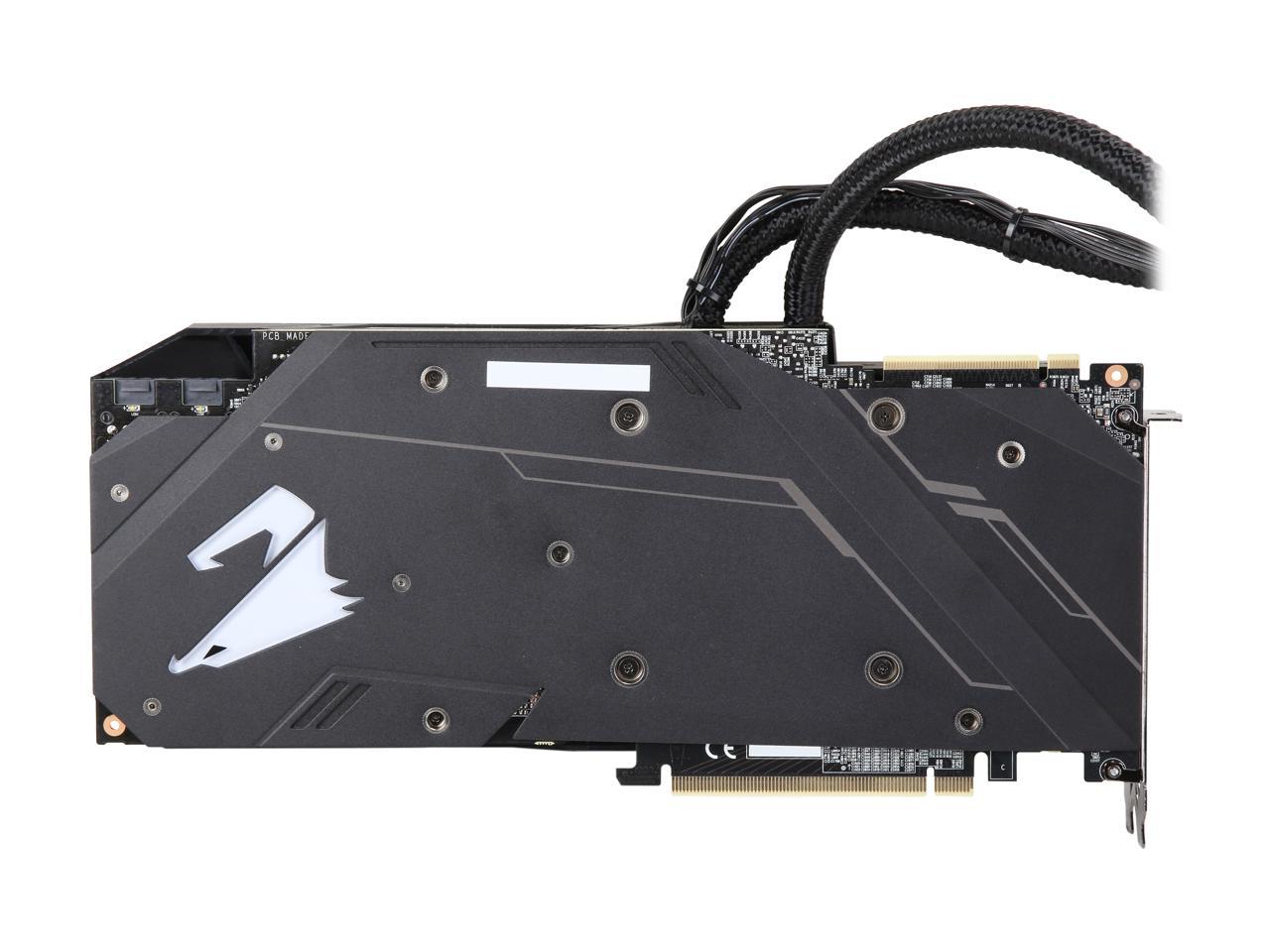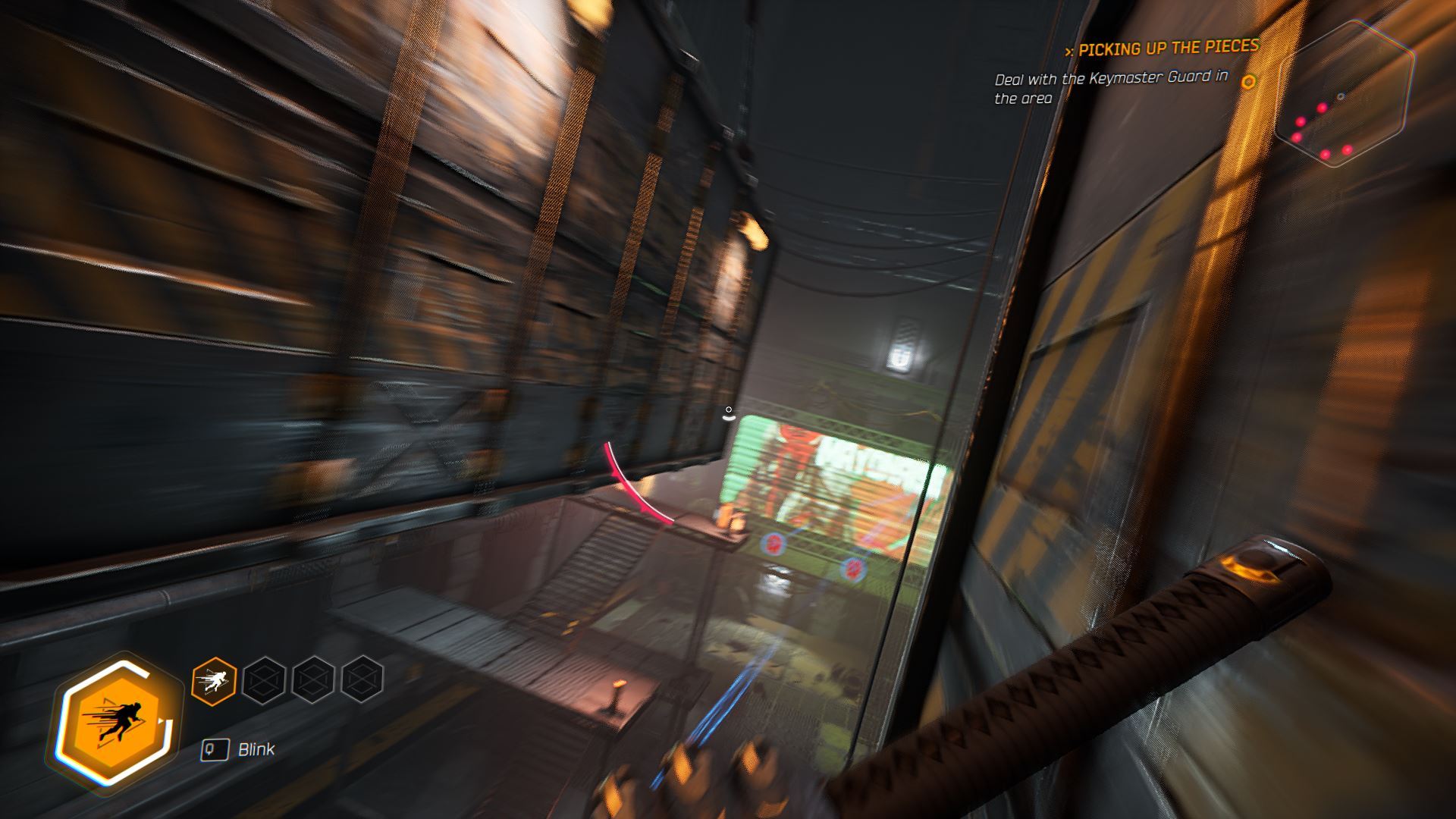

They are not identical, but the similarities can be useful to learn 11 and move to 12. The DirectX Tool Kit is available for both DX11 and DX12.

You may also find the YouTube channel useful. The Microsoft Docs porting guide is a 'point-by-point' list of key differences in the API design. This makes DirectX 12 an 'expert' API in that it takes a great deal of knowledge to use it correctly, but also means that a well-written DirectX 12 program can avoid a lot of extra work on the CPU that used to be done in the DirectX 11 Runtime 'on your behalf' to make this simpler to use.

Managing shader+state permutations (i.e.a texture when it's being used as a render target) a texture when it's being used for filtering vs. In short: DirectX 11 and previous DirectX Runtimes hide a lot of the complexities of working with modern hardware and drivers, while DirectX 12 leaves it all up to the application developer to make it work: Once you've gotten a handle on DirectX 11, the switch to DirectX 12 should be much easier.ĭirectX 11 & DirectX 12 control basically the same kind of hardware (although newer features are only being added to DirectX 12 this point like DirectX Raytracing and DirectX Ultimate hardware feature level), but have much different API programming models. TL:DR: If you new to Direct3D, learn DirectX 11 first.


 0 kommentar(er)
0 kommentar(er)
